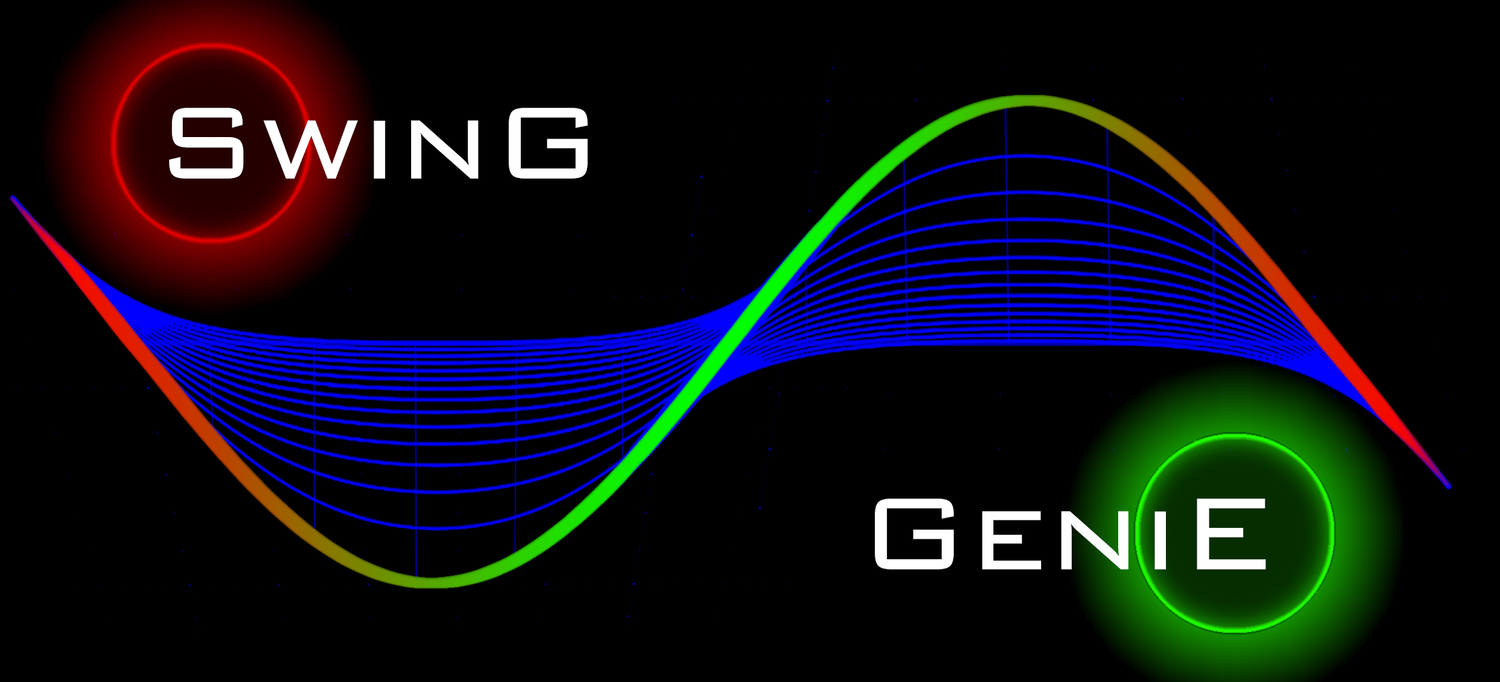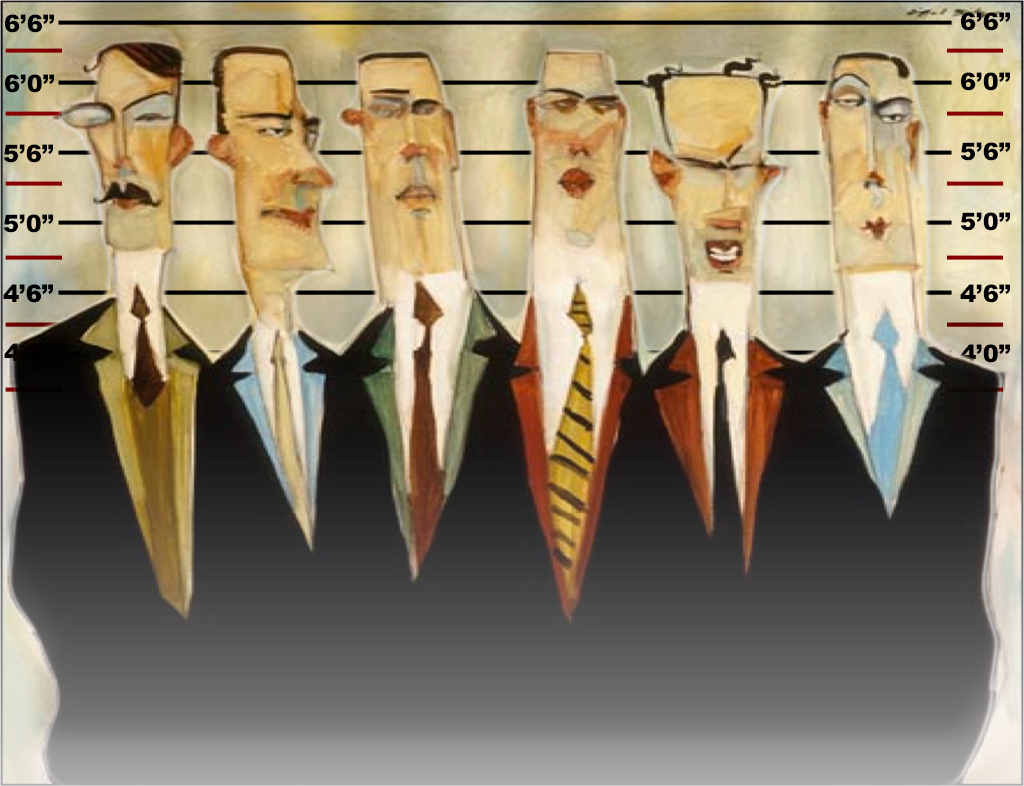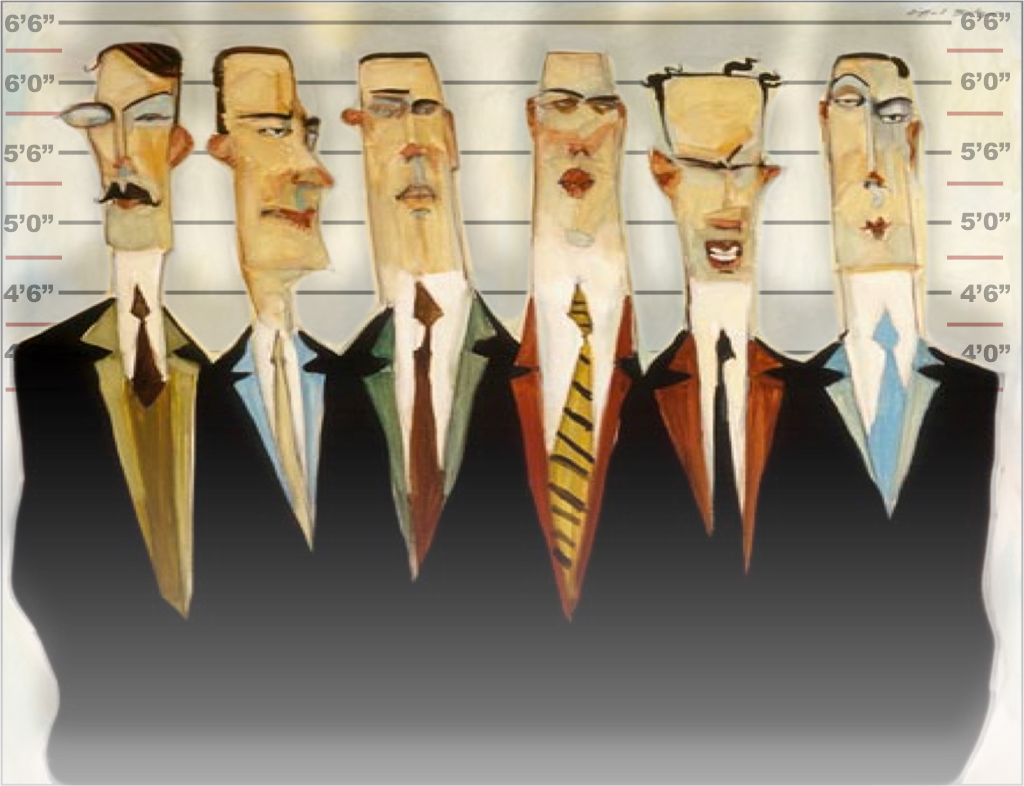"Good Judgment ~ comes from experience,
and a lot of that comes from ~ Bad Judgment"
Will Rogers
Stock trading has many elements of poker to it. Both put you into a position of having to make decisions with imperfect information. In poker, you look at your cards, access your risk and make a bet. Using poker chips has of way of psychologically distancing you from your own money. Owing shares of stock can have this same effect. It's important to always remember that each trade (bet) that you enter into, represents not just a (stocks) chips, but a percentage of your own, hard earned money. My favorite stock trading quote is: “There are lots of easy ways to loose money in the stock market.” It probably resonates with me because I have attempted almost all of them with various levels of success and of course failure. Trading stocks can be the most profitable investing opportunity that any of us ever have the chance to participate in. As every trading book, article and web site admonishes, there are risk associated with investing your own money into any financial instruments. It is a stock market convention that the higher the risk associated with an equity the more profit potential exists from investing in it. So the trading guides provided below attempts to extract not just conventional wisdom, but also my own lessons extracted from years of experimentation, success and failures. They are listed in their order of importance. I am not emphasizing failure or financial risk here, but underscoring the simple fact that if you don’t learn to manage risk to your own advantage and learn from your trading mistakes, you are doomed to loose a lot of money. Simply put, if you invest in good companies and follow some basic risk management guidelines, you will make a good returns on your investments and have some level of safety while doing it.
You will have loosing trades. The goal is to mitigate the impact those trades have against your winning trades. “First do no harm,” may be a guiding principal of medical practitioners, but it should be your number one goal in you own approach to trading. There are four simple ways to accomplish this.
1) Divide your holding into at least 10 to 20 separate investments, in several different market segments. If one unexpectedly announces very bad news, like filling chapter 11, you will not devastate your total trading account. See the "Risk & Money Management page for a more detailed description of diversification.
2) Use stop losses. Most trading platforms are striving to make entering trades easier and this includes setting stops at the same time your enter you trade. It’s one, easy, small step to help protect yourself against unforeseen disasters. SDG's package of application/indicators includes a Trade Risk Reduction applications that will assist you in setting stop-losses.
3) Set criteria for stocks that will protect your own financial interest. You want stocks with trading liquidity and that translates to enough volume so that you can always trade in or out of that equity. Thinly traded stocks can literally trap you into a losing trade. Most traders set this bottom threshold between 300,000 shares a day and 1,000,000. Price as a minimum threshold can also offer a limited amount of safety. The lower an equity’s price the more risk it contains. Keep in mind that the price of any equity is set by supply and demand. What ever price the collective market pegs your equity at was derived by the collective sentiment of all of the traders involved in this stocks market. Below $10 dollars the risk is directly proportional to the inverse of the price. This simply means that a penny stock represents 1/10,000 of a $10. Stock and it is 10,000 times more risky. This analogy obviously extents to the relationship between a $10 stock and a $100 stock. The higher you set as a minimum price the safer your initial investment will be as a general rule. This unfortunately does not mean in any way, shape or form that you are “safe,” it simply mean that you can equate a margin of safety utilizing price as one gage.
I utilize several screening tools found on various web sites to identify investment opportunities. Those resources are all listed on this site under “Resource Links.” Finviz is a standout because it will easily allow you to determine if the stock you are about to invest in is a sound, profitable and well managed business.
4) Sometimes you hear of news or receive a hot tip on a stock and you feel there is an urgent need to act upon it immediately. Don’t let the excitement that this opportunity provides override the first do no harm rule. Emotional trades without any research or due diligence are seldom profitable. The easiest way to prevent investing in skunk stocks is to start a list of safe stocks. As you come across good investment ideas, from reputable sources, add that stock to your pre-screened list. When you utilize a screening tool to fetch stocks that meet a specific criteria, utilize that screening tool from withing this list of pre-screened stocks. This will enable you to aim that screening tool at a list of stocks that you already feel comfortable with because they have met your own preconceived criteria. Many sites provide scores for many if not all stocks traded on the open equity markets. There is a list of Stock Score Sites on the “Traders Links” page of this website. This can also help add some validity to you choices without a great deal of drilling down. Nothing however can replace your own due diligence.
Todays volatile markets can be bewildering to novice traders almost all of the time and to experienced traders some of the time. Investing in stocks or any financial instrument can seem like a struggle for survival against mysterious and hostile forces.
Year after year of negative headlines announcing shady and illegal trading tactics by hedge funds and large instructional investors fuel these perceptions. Sophisticated computerized trading techniques like automated trading, artificial intelligence trading, direct trading, flash trading and programed trading are concepts that most traders don’t understand and fewer still will ever have the opportunity to utilize, further adding to this sense of a hopelessly disadvantage paying field. Each year hundreds of thousands of investors fail at trading stocks. All to often these individuals produce life style changing losses to their savings. They are not failing because of these nefarious forces. They fail because they are bad traders. Professional traders will tell you that as an individual retail investor you are responsible for every element of a trade. Selecting the stock, when to enter it, how many shares to purchase, when to exit and if it goes against you, how much money you are willing to lose. They will also tell you that when the trade does go against you, that the market did not go against you, - you probiably went against the market.
Options have introduced another obstacle, todays stock traders face. Many times large institutions are hedging or betting against the current trend and they have the financial clout to release news in the form of downgrades or upgrades that can, at least temporally move markets. You may not think that individuals or institutions trading options would affect a stock you own. This would be reasonable except for two salient issues. First many good traders look at the options spread to determine if most of the bets are for or against the stock. Secondly, because many institutions can release analysis reports on a stock, they can utilize this as an opportunity to influence a stocks short term direction and reap profits through the option markets where oversight from security regulators is greatly reduced as compared to taking the same profits out of the stock market. Either way they have directly influenced your holdings even though they may not hold or sell you stock.
Google is one of the most important investing tools invented in the last 100 years. Realtime information is critical in todays markets. You want to utilize every tool at your disposal to stay ahead of the avalanche of information that could change the markets perception of your investment at a moments notice. Markets dynamics and trading technologies have changed more in the last ten years than for the 100 before. Flash or algorithmic trading and new markets like dark pools are just two obvious instances, underscoring the undercurrents that dramatically affect today’s traders and markets. Many individuals have spent their lifetimes studying how to trade stocks. Many of these individuals have obtained Ph.D.’s., in mathematics, statistical analysis and many others have obtained degrees in psychological disciplines enabling them to try and understand the minds of traders and / or the sentiment of the market. “Learning,” to good traders is a constant, not a goal ever to be obtained. To underscore this point you will never learn all you need to know from one source, be it a book, a web site or a very knowledgeable trader. This website just provides the tip of an iceberg, it's just a very cursory starting point.
If and when you get to a point in your trading where you feel invincible, a friend of mine says it’s because you are cloaked in stupidity. Nothing to worry about though, the stock market has harsh and irrefutable ways to humble all of us when we start to think we have it all figured out.
StockDotGenie provides a lot of information and a lot more links to other reputable sites where you can continue this education. StockDotGenie is a great place to begin, so, let’s begin.
Doctors are taught from their very first days at medical school, that the most important thing they can do for their patient is: “First do no harm.” You are your portfolios doctor. First lose no money.
If you apply this philosophy to your trading and implement the trading guidelines provided within these pages it will help prevent financial calamity and make you a much more profitiable traders in the long run.
Nothing can completely prevent losses from occurring while trading markets. The goal is to minimize losses and maximize profits. I now focus on stocks that have sufficient name recognition, product acceptance, market depth, market protection or moats and trading volume, so if or when negative news appears affecting all stocks or even just my specific stock, that the repercussions will be temporary and relatively minor.
Often as you research stocks or are just reading about some new technological wonder about to be introduced into the market for the first time, the idea that investing in this little company could be wildly profitable is almost inevitable. I have invested in a lot of these types of opportunities and few returned significant profits and many of them delivered significant losses.
Because these companies are small, have a new unproven product and potentially inexperienced management teams, the risk that negative news will cause you severe pain is not just possible, but likely. Sleepless nights are not my goal in investing and I have had many, but not anymore.
Stock market dynamics are multifactorial and today each and every factor is greatly magnified by the dramatic speed that this information is delivered to us and everyone else in the trading world via the internet. Any given stock that you invest in can be helped or hurt by world events, economic news, segment news, industry news and of course news about your own specific stock. Stock prices will often reflect this new information within a few seconds from when it becomes publically available. Many times this information is already known by a few insiders and institutions. You can see examples of this every day in the markets when stocks are reacting to news days before a widely disseminated press release appears. SDG helps to understand these dynamics and guide you to opportunities and around threats.
Sophisticated computerized trading techniques that most don’t understand and have no chance of utilizing make trading in today’s hyper competitive markets seem unfair and dangerous.
This makes todays volatile markets a bewildering quagmire to novice traders almost all of the time and to experienced traders some of the time. Investing in stocks or any financial instrument can seem like a struggle for survival against mysterious and hostile forces.
There are many other compounding factors causing an increase in volatility. Access to markets through personal computers and mobile devices has provided many more traders with the tools required to avoid some of todays market volatility by trading only for short periods of time. This can range from a few minutes to hours for most Days Traders. Swing Traders, who’s trades are live for only a few days and Flash Traders. Flash Traders are on a completely different plane than those of us with our feet on the ground. High-frequency traders, Quantitative Analysis combined with High Frequency Trading is often referred to as flash trading. These two highlighted links provide good descriptions of these trading systems and why they add large amount of liquidity and volatility to the markets. These flash trades are executed in nanoseconds. All four of these techniques are designed to get the trader into the market and out of the market with their profits intact before they can be adversely affected by any negative influence. They are all “Scalpers” and are all introducing new price actions (volatility) into the markets. They have also contributed to the increase in volume of all markets. As you can see from the chart above Volume is starting to decline as Flash trading has become more refined and more individuals have moved to Spyders and ETS where they tend to stay parked for longer period of time. The image on the right is from a Bloomberg article visualizing the number of flash trades in one minute.
Another element that has increased volatility is the dramatic increase in the number of shares being shorted as well as the number of individuals now shorting stocks. Now, even when strong stable stocks experience dramatic increases in the share price, sorters move in to capture the reversion to mean. This is also one of the primary strategies of the Artificial Intelligence (AI) computer algorithms and so just when you think you finally found a stock that is moving up and you can jump on board it abruptly stops moving up and heads sideways or back down at least temporally.
Professional traders will tell you that as an individual retail investor you are responsible for every element of a trade. Selecting the stock, when to enter it, how many shares to purchase, when to exit and if it goes against you, how much money you are willing to lose. They will also suggest, that when the trade does go against you, that the market did not go against you, - you went against the market.
Easter eggs now have several meanings beyond the tradational. One alternative is little surprises that are embeded into many videos, computer and gaming applications. They pop us when you intentionally or inadverentely click on some object or individual within the gaming environment and often when you do this while entering unique combinations of key strokes. They expose some visual surprise that are often humerious, provide keys to open bonus levels and sometimes financial prizes.
SDG easter eggs are a lot better. A strange thing happens when Insiders start talking about impending news that will dramatically influence their companies stock price. As insiders they are prohibited from disclosing material information to any outsiders. Of course in any market shaking news outsiders are often involved and these outsiders are often in the financial industries including bankers, brokers, venture capitaliest, lawyers, just to name the few most obvious. Now none of these individuals are supose to devluge any of this information to anyone else. Somehow, girlfriends, boyfriends, brothers, sisters, moms, dads, ucles, ants, cousins, friends and sometime just plain stranges get ahold of this valuable information. How do I know this for certain. Look at any companys stock where dramatic news was released that had a potent and positive impact on their stock price. You will notice that the stock starts to move up rather stongly often on higher voulume several days in advance of the authorized press release.
Why is this important to us. This is exactly the kind of price actions that our combined processe teases out. One of the first stocks I invested in utilizing SDG was taken over 3 days after I entered it. Of course this will not happen often, but it can and does occure. More that once, very positive news has been released the day after I entered a stock based on our signals. What makes it so much fun is the level of safety our entire process provides to your trading by dramatically reducing risk and allowing you to fearless trade the Stock Dot Genie Application.
• They would review and compare all of the competitors of any company they where researching.
• They would interview/interrogate the companies's management.
• They would examine every public document and internet reference available.
• They would obtain, test and thoroughly evaluate the company’s product.
• They would have a team of forensic accountants examine the companies's balance sheets and all relevant regulatory and SEC filings.
• They would incorporate every fundamental and technical analysis tool into the process.
• Then this entire collection of information would be entered into a database and a team of analysis would review all of the information collected, public, private, secret and spied derived about the company, and a decision would be made to buy the stock or not. If the answer was yes they would further determine how many shares to purchase, (risk management) when to purchase them, (Entry & Exit Timing) at what price and finally when sell them.
• Each stock would have agents assigned to maintain 24/7/365, full time, real time surveillance.
ALL BEFORE A SINGLE SHARE WAS PURCHASED!
The Traders Links page will assist you in accomplishing some of this daunting task where we refer to it as, "situational awareness." Of course it's completely impossible to expect that any small, independent or retail trader would have the kind of resources that the CIA does, but this approach is the embodiment of the kind of ~ ATTITUDE~ you want to develop as you work through your checklist on determining if you should spend your own money on any stock. Google Alerts allows for you to set up a constant stream of information about any stock you want to follow or already own. Make sure that you click on the CIA shield before you leave ;√)
























